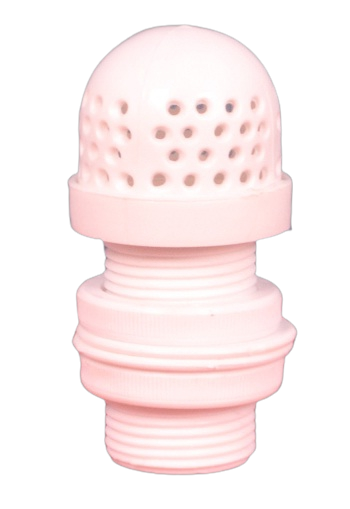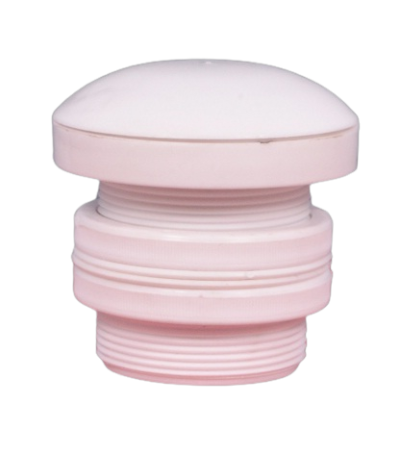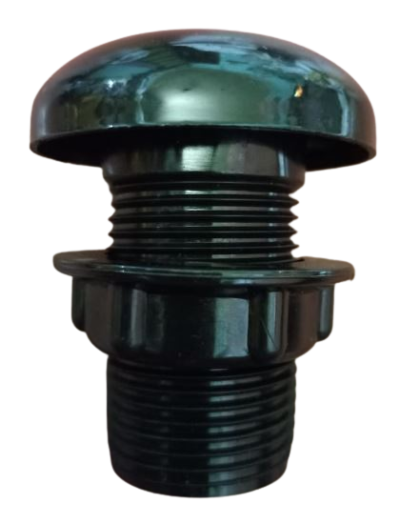Air Vents for Plastic Water Tanks
Plastic water tanks have become a ubiquitous sight in homes, gardens, and even industrial settings. They offer a durable, lightweight, and cost-effective solution for storing rainwater, potable water, or even chemicals. However, a crucial yet often overlooked component ensures the longevity and proper functioning of these tanks: the air vent, also known as a breather valve. Let’s delve into the critical role air vents play in maintaining the health of your plastic water tank.

Understanding Pressure Dynamics:
Imagine a plastic water tank on a hot summer day. Sunlight heats the water inside, causing it to expand. This expansion creates pressure within the tank. If there’s no outlet for this pressure to escape, the tank can bulge or even rupture, leading to costly repairs or replacements. Conversely, on a cool evening, the water contracts, creating a vacuum within the tank. Without an air vent, the external atmospheric pressure can cause the tank to implode, compromising its integrity.
The Air Vent’s Vital Role:
This is where the air vent steps in as a silent guardian. It allows air to enter and exit the tank as needed, preventing both excessive pressure buildup and vacuum formation. During filling, air escapes through the vent, ensuring the tank fills completely. As the water heats, the vent allows for controlled pressure release. Conversely, when temperatures drop or water is withdrawn, the vent allows air to enter the tank, preventing a vacuum.
Benefits Beyond Pressure Regulation:
Beyond pressure regulation, air vents offer additional benefits:
- Prevents Mold and Mildew Growth: Moisture condensation within the tank can create a breeding ground for mold and mildew, potentially contaminating the stored water. Air vents promote air circulation, reducing condensation and preventing the growth of these harmful organisms.
- Extends Tank Lifespan: The constant pressure fluctuations without an air vent can weaken the tank material over time, leading to premature failure. Air vents prevent this strain, contributing to a longer tank lifespan.
- Improved Efficiency: Filling a tank without an air vent can be a slow and frustrating process. The trapped air creates resistance to the incoming water. An air vent allows for smooth and efficient filling.

Choosing the Right Air Vent:
Air vents come in various sizes and materials. Here are some key factors to consider when choosing the right one for your tank:
- Tank Size: Larger tanks require larger air vents to accommodate greater air flow.
- Location: Choose vents designed for outdoor use if the tank is exposed to the elements. Look for vents with insect screens to prevent unwanted critters from entering.
- Material: Plastic vents are most commonly used with plastic tanks. Ensure the material is compatible with the type of liquid stored in the tank.
Proper Installation and Maintenance:
For optimal performance, proper installation and maintenance of the air vent are crucial:
- Installation: Follow the manufacturer’s instructions for proper installation. This typically involves screwing or snapping the vent onto a designated opening on the tank.
- Maintenance: Periodically inspect the vent for clogs or blockages. Clean the vent with a mild soap solution if necessary. Replace any damaged vents to ensure continued functionality.

Conclusion:
Air vents may seem like a minor detail, but they play a vital role in protecting your plastic water tank investment. By ensuring proper pressure regulation, preventing mold and mildew growth, and extending tank lifespan, air vents contribute significantly to a reliable and safe water storage system. So, the next time you fill your water tank, take a moment to appreciate the silent guardian – the air vent – working tirelessly behind the scenes. It will serve you and your tank for a long time.
